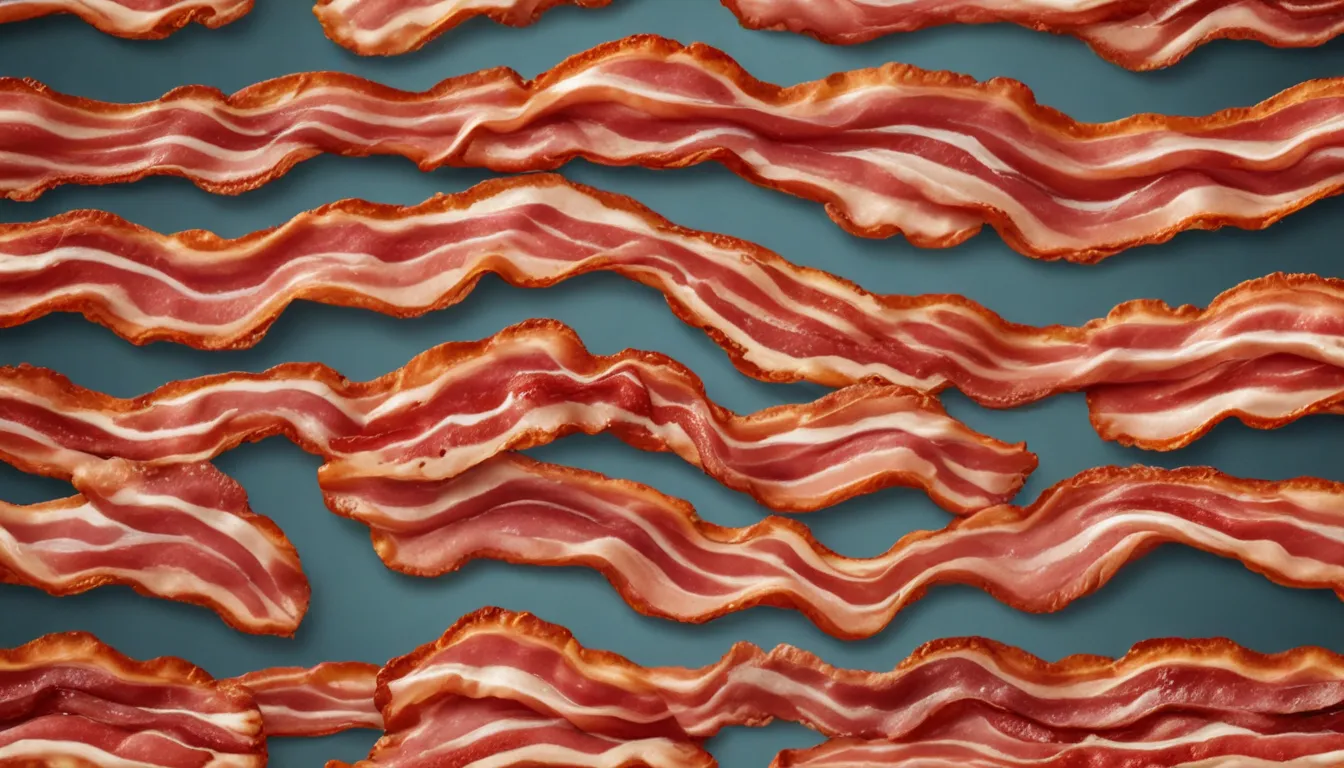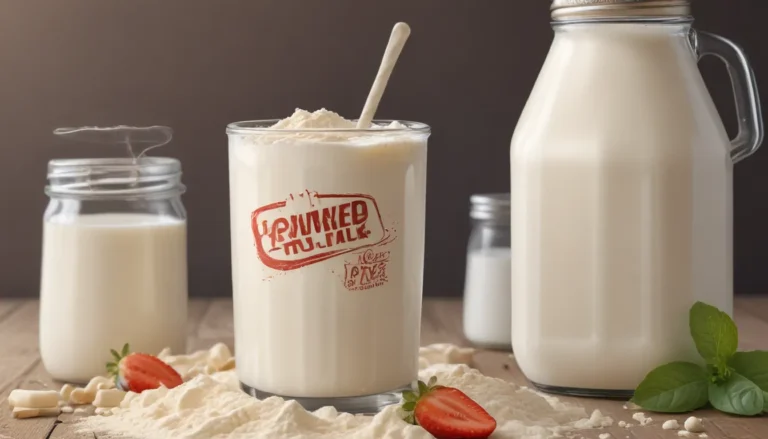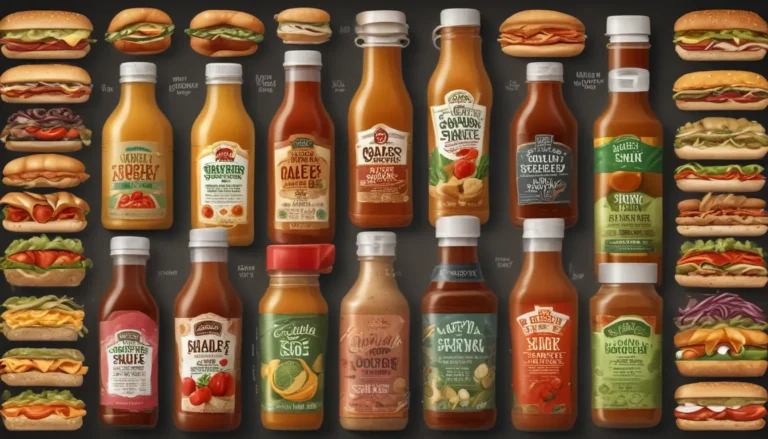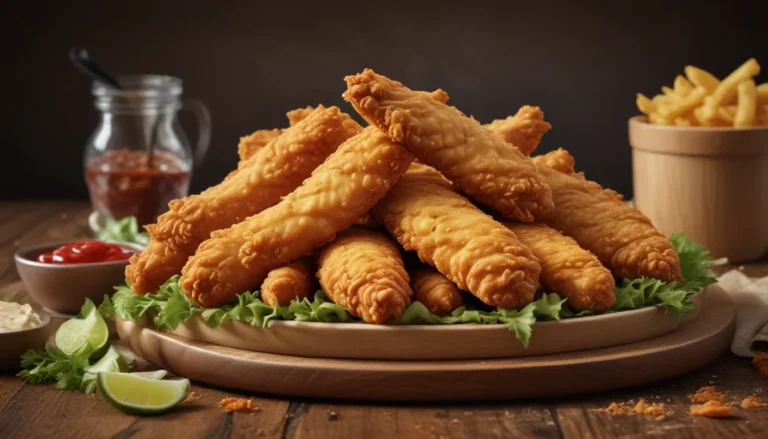The pictures in our articles might not always show exactly what the text is talking about. We use these images to make the article more interesting and eye-catching. They are there to add to the text, but not to replace it or show every detail.
Bacon, with its savory, smoky flavor, has captured the hearts of food enthusiasts worldwide. Whether sizzling as a crispy side dish or adding depth to various recipes, bacon has a way of elevating any dish it graces. In this article, let's embark on a delightful exploration of the world of bacon, uncovering ten fascinating facts that will surely pique your interest and leave you craving for more. So, sit back, relax, and prepare to indulge in the deliciousness of bacon!
The History of Bacon: A Tale of Tradition and Innovation
Bacon's roots can be traced back to ancient times, with the Chinese first preparing it around 1500 B.C. This early form of bacon involved salting pork bellies and curing them for later consumption. As civilizations progressed, the love for bacon spread, resulting in various styles and flavors that we enjoy today.
Exploring the World of Bacon: A Culinary Adventure
Different countries and cultures have their unique take on bacon, resulting in a diverse array of bacon varieties. Here are some popular types of bacon from around the world:
- American Bacon: Also known as streaky bacon, this type is cut from the pork belly and features alternating layers of fat and meat.
- Canadian Bacon: Cut from the loin of the pig, Canadian bacon is leaner compared to American bacon and is often used in sandwiches and eggs Benedict.
- Irish Bacon: From the back of the pig, Irish bacon includes both the loin and belly. It boasts a leaner texture and a subtle flavor.
- Pancetta: An Italian variety, pancetta is made from cured pork belly and is commonly used to add flavor to various dishes like pasta sauces and soups.
The unique characteristics of each type of bacon contribute to the diverse culinary landscape that bacon enthusiasts appreciate and enjoy.
The Science Behind Bacon’s Irresistible Flavor
The mouthwatering flavor of bacon can be attributed to the Maillard reaction, a chemical process that occurs when proteins and sugars are heated together. This reaction creates a complex range of flavors, including the smoky and savory notes that we associate with bacon. Additionally, the high-fat content in bacon contributes to its rich taste and crispy texture, making it a favorite among many food lovers.
Bacon Across Cultures: Delightful Culinary Creations
Bacon is a versatile ingredient that finds its way into various cuisines worldwide, resulting in delectable dishes that showcase its unique flavor profile. Here are a few notable bacon dishes from different cultures:
- BLT Sandwich: A classic combination of bacon, lettuce, and tomato between two slices of bread, the BLT sandwich has become an iconic dish enjoyed globally.
- Bacon-Wrapped Dates: A popular Spanish appetizer that combines the sweetness of dates with the savory goodness of bacon.
- Bacon and Cabbage: A traditional Irish dish that offers a hearty and comforting meal, often served alongside potatoes.
- Carbonara: An Italian pasta dish featuring pancetta, eggs, cheese, and black pepper, creating a creamy and flavorful sauce.
These diverse bacon creations highlight the versatility of this beloved ingredient in the culinary world.
The Nutritional Value of Bacon: A Balanced Perspective
While bacon is undeniably delicious, it's essential to understand its nutritional content. Here's a breakdown of the nutritional value of cooked bacon per 100 grams:
- Calories: Approximately 42% of bacon's calories come from fat, providing around 42 calories per slice.
- Protein: Bacon contains roughly 13 grams of protein per 100 grams, making it a decent source of this essential macronutrient.
- Vitamins and Minerals: Bacon is a good source of vitamins B1, B3, B6, and B12, as well as minerals like selenium and phosphorus.
Understanding the nutritional profile of bacon can help individuals make informed choices about incorporating it into their diets.
Debunking Bacon Myths: Setting the Record Straight
There are several myths and misconceptions surrounding bacon that merit clarification. Let's debunk a couple of them:
- Myth 1: Bacon is Unhealthy: While bacon is high in saturated fat and sodium, it can still be enjoyed in moderation as part of a balanced diet.
- Myth 2: All Bacon is the Same: Different types of bacon have varying levels of fat and flavor profiles, offering a range of options for food enthusiasts to explore and enjoy.
By dispelling myths and providing accurate information, individuals can make informed choices about their bacon consumption.
Bacon’s Popularity Soars: A Culinary Craze
In recent years, bacon has experienced a surge in popularity, inspiring a plethora of bacon-themed products and events that celebrate its unique flavor. From bacon festivals to bacon-flavored ice cream and even bacon-scented candles, the bacon craze has captured the imagination of food enthusiasts around the globe.
Bacon and Your Health: Finding Balance
While bacon is a delicious treat, moderation is key when it comes to incorporating it into a balanced diet. Excessive consumption of processed meats like bacon has been linked to certain health concerns, including heart disease and certain types of cancer. By enjoying bacon in moderation and balancing it with a variety of nutritious foods, individuals can savor its flavor while maintaining a healthy lifestyle.
Bacon’s Culinary Versatility: Surprising Ways to Enjoy It
Bacon's unique flavor profile makes it a versatile ingredient that can enhance a wide range of dishes. Here are some unexpected ways to enjoy bacon:
- Bacon Jam: A sweet and savory spread made from caramelized bacon, perfect for pairing with cheese, burgers, and sandwiches.
- Bacon-Wrapped Vegetables: Wrap vegetables like asparagus or Brussels sprouts with bacon for a delightful combination of flavors.
- Bacon Salt: Sprinkle bacon salt on popcorn, roasted vegetables, or grilled meats for a smoky and savory twist.
These creative uses of bacon showcase its culinary versatility and ability to elevate dishes with its distinct flavor.
Fun Facts About Bacon: Quirky Tidbits to Entertain
To conclude our bacon-filled journey, here are some fun and quirky facts about bacon:
- Elvis Presley's Love for Bacon: The King of Rock 'n' Roll was a bacon enthusiast who enjoyed unique bacon creations like Fool's Gold Loaf.
- Bacon Roses: Creative individuals have crafted roses made from bacon slices, offering a unique and edible gift for bacon lovers.
- Baconfest: In the United States, an annual food festival called "Baconfest" celebrates the wonders of bacon with a variety of bacon-themed creations.
- Bacon in Space: Astronauts aboard the International Space Station enjoyed a special treat when a supply spacecraft delivered bacon to them, proving that even in space, bacon knows no boundaries.
Conclusion: Embracing the Delights of Bacon
As we wrap up our bacon journey, it's clear that bacon is more than just a food—it's an experience that brings people together through a shared love for delicious flavors. So, whether you're indulging in a crispy slice on its own or incorporating bacon into a mouthwatering dish, savor the experience and appreciate the culinary delight that bacon brings to the table.
FAQ: Common Questions About Bacon
Is bacon safe to eat during pregnancy?
While it's generally safe to consume bacon during pregnancy, it's important to enjoy it in moderation and ensure it is cooked thoroughly to minimize the risk of foodborne illnesses.
Can bacon be frozen?
Yes, bacon can be frozen for future use. It's best to separate the slices and store them in an airtight container or freezer bag. Remember to thaw the bacon in the refrigerator before using it.
Are there vegetarian alternatives to bacon?
Indeed, there are several vegetarian and vegan bacon alternatives available in the market, typically made from plant-based ingredients like tempeh, tofu, or seitan.
Can bacon be made at home?
Making bacon at home is possible but requires proper curing and smoking techniques. It's advisable to follow a reliable recipe or seek guidance from a professional before attempting it.
Is turkey bacon a healthier option?
Turkey bacon is generally lower in fat and calories compared to traditional pork bacon. However, it's essential to check the labels as some brands may still contain added sodium and preservatives.
In conclusion, bacon's delicious flavor and culinary versatility have made it a beloved ingredient in kitchens worldwide. By understanding its history, nutritional value, and diverse uses, individuals can enjoy bacon in moderation and appreciate the flavorful experiences it brings. So, whether you're savoring a classic BLT sandwich or exploring creative bacon-infused recipes, embrace the joy of bacon and indulge in its delightful goodness. Enjoy your culinary adventures with bacon, and may each bite be a savory delight!






